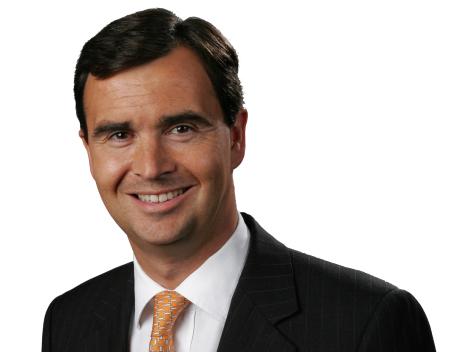In its Global Sustainability Report released today, JLL (NYSE:JLL) reported exceeding its goals for carbon emission reductions within its corporate offices and committing to set a Science Based Target by 2020. Reductions achieved on a per corporate office employee basis included a drop in building-related greenhouse gas emissions by 15 percent (vs. a target of 10 percent), building-related energy consumption by 12 percent (vs. a target of 10 percent), and rented area by 10 percent (vs. a target of 8 percent).
According to United Nations estimates, real estate accounts for about 40 percent of the world’s energy consumption and a third of all carbon emissions. Because of this, achieving double-digit reductions can have a significant impact on environmental sustainability. In the Global Sustainability Report, JLL details these achievements and establishes new stretch goals as part of its Building a Better Tomorrow initiative emphasizing sustainability efforts within JLL’s offices and in its work with clients.
“As one of the world’s largest commercial real estate firms, we have a tremendous opportunity to address climate change head-on by creating sustainable workspaces, buildings and communities where everyone can thrive,” said Christian Ulbrich, Chief Executive Officer, JLL. “We’re taking tangible action to deliver a more sustainable future for all of our stakeholders by integrating our ‘Building a Better Tomorrow’ ambition into all aspects of our organization.”
During the nine years JLL has been reporting its sustainability performance, the firm has made great strides toward improving its environmental impact. JLL exceeded its existing targets at the end of 2017, and reported annual performance highlights including:
- $82 million in estimated U.S. client project savings through energy efficiency, reducing carbon emissions by roughly the equivalent of removing 77,000 passenger vehicles from the road for a year
- 452,000 metric tons of CO2e averted by advising on renewable energy projects saving seven times the amount of energy the firm uses in its own buildings across the world.
- 225 sustainable building certifications for clients
- $8.7 million in total charitable contributions and 8,300 days of employee volunteering
Looking forward, the new targets established in the Building a Better Tomorrow program include:
- Transform workplaces. Adopt a common sustainable procurement framework globally by 2020. Set a Science Based Target for JLL’s global emission reductions, with interim goals including:
- Reduce building-related GHG emissions per corporate office employee by 2 percent per annum from 2017 to 2019; and
- Reduce building-related energy consumption per corporate office employee by 2 percent per annum from 2017 to 2019.
- Deliver lasting value for clients. Deliver targeted training to employees from key business lines and incorporate sustainability basics into JLL onboarding for new hires by 2020.
- Engaging JLL people. Improve gender balance of leadership population by 2021. Identify challenges and provide targeted solutions to the attrition and development of employees.
- Support communities. Increase the time employees spend volunteering, with an aim of reaching 15,000 days by 2020.
Additionally, to help achieve its sustainability goals, JLL continues to strengthen partnerships with various external organizations, including the UN Sustainable Development Goals, the UN Global Compact, the Ethisphere Institute, the World Economic Forum’s Partnering Against Corruption Initiative (PACI), and local and global Green Building Councils.
“We have set ambitious new sustainability targets that will dramatically reduce our impact on the earth’s resources and create value over the long term for our clients, people and the wider community,” said Richard Batten, Global Chief Corporate Responsibility Officer, JLL. “These targets are backed up with clear accountability and governance to ensure we achieve them, which will drive change by minimizing the impact of our own and our clients’ operations.”



